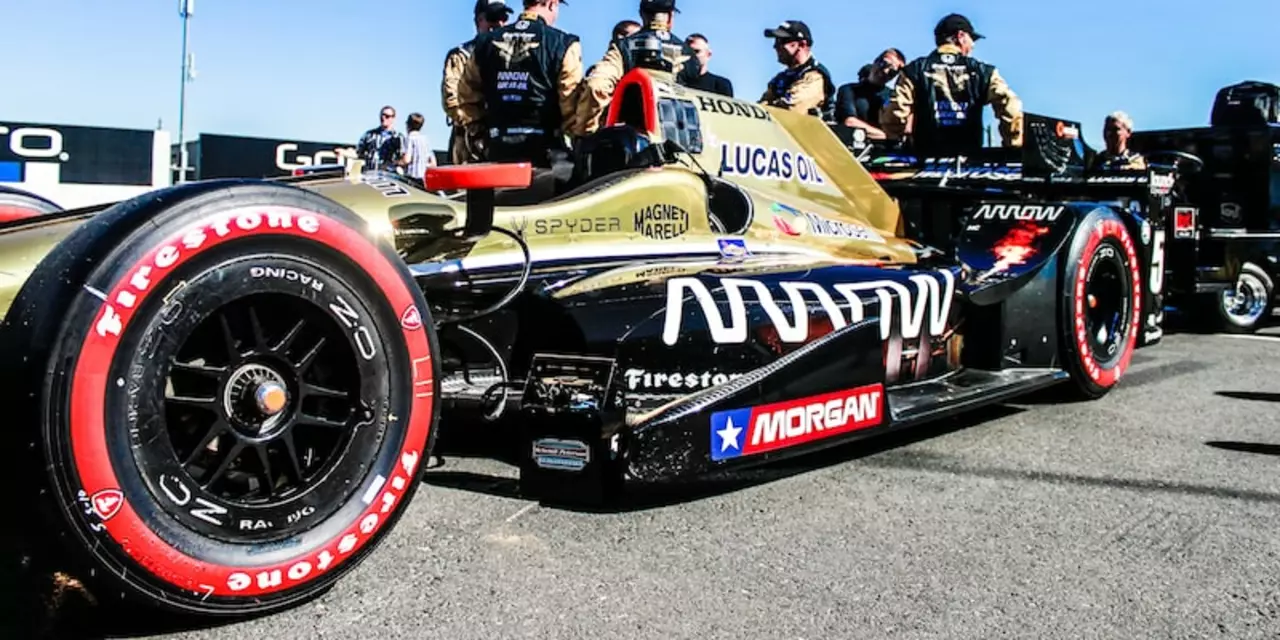Motorsport Insights: Why IndyCar Stays America‑Centric While F1 Goes Global
Ever wondered why you hear about Formula 1 races on every continent, but IndyCar stays mostly in the US? It’s not just luck – the series make different choices about tracks, money, and fans. Let’s break down the biggest reasons behind IndyCar’s limited global footprint.
Track Types Keep IndyCar Home
IndyCar loves ovals. Those high‑speed, banked circuits are a staple of American racing culture. While they’re thrilling, they don’t translate well overseas. Most European fans prefer street circuits or classic road courses like Spa or Monza. F1 built its brand around those varied tracks, giving fans a fresh view every race. Because IndyCar focuses on ovals, it misses out on the excitement that draws crowds abroad.
Sponsorship and Money Matter
Global sponsors look for worldwide exposure. F1’s TV deals, corporate partners, and massive budgets let it market to a worldwide audience. IndyCar’s smaller purse means less money for international advertising, and many of its sponsors are US‑based brands that don’t need a global stage. Without big‑budget marketing, it’s tough to spark interest in places that don’t already follow the series.
Driver line‑ups also play a role. F1 attracts talent from all over the world, turning national heroes into global icons. IndyCar’s roster is heavily American, which keeps the fan base focused domestically. When a driver becomes a household name in multiple countries, the series automatically gains new viewers.
Another piece of the puzzle is TV coverage. F1 races are broadcast in over 200 territories, often live and with high‑quality production. IndyCar’s TV deals are more regional, meaning many fans simply don’t have easy access to watch the races. Limited exposure equals limited growth.
Logistics matter too. Shipping cars, equipment, and staff to far‑flung locations costs a fortune. F1 teams already have the infrastructure to handle global travel, while IndyCar would need to invest heavily just to stage a few international events. That financial hurdle keeps the series focused on venues that make economic sense.
Despite these challenges, IndyCar isn’t completely shut out. The series has tried a few overseas races in places like Canada and Brazil, but they’ve been exceptions rather than the rule. Those events showed that there’s interest, but sustaining a global schedule requires consistent commitment.
So, if you’re a motorsport fan looking for a series that travels the world, F1 is the obvious pick. If you love the raw power of ovals and the uniquely American vibe, IndyCar delivers that in spades. Both series have their strengths – it’s just a matter of where they choose to focus their energy.
Bottom line: track selection, sponsorship, TV reach, driver diversity, and logistics all combine to keep IndyCar anchored in the US while Formula 1 races around the globe. Understanding these factors helps you see why each series looks the way it does and what might change in the future.
Why has IndyCar never gone global like Formula 1?
IndyCar is an American open-wheel racing series, founded in 1996, that has not enjoyed the same level of international success as Formula 1. There are several main reasons for this, including the fact that the IndyCar series is seen as too American-centric, with a lack of interest from international sponsors and drivers. Additionally, IndyCar's focus on ovals has made it less attractive to fans in Europe, who tend to prefer street circuits and road courses. Finally, the smaller size of the series means that it has less money to spend on marketing and promotion, making it harder to establish a presence in international markets.



